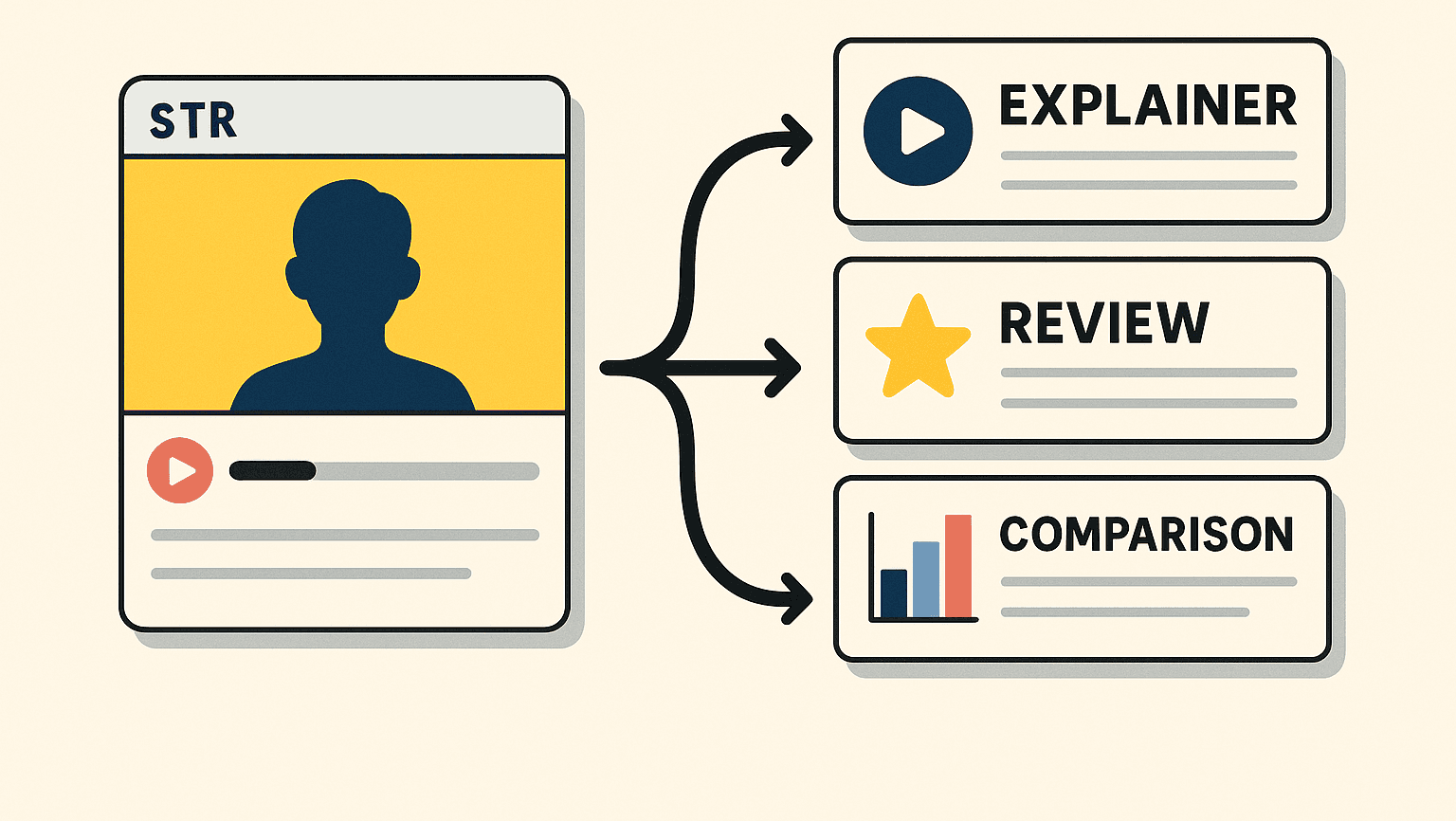Stop Starving Growth: The Full-Funnel Strategy That Outruns ROAS Games

TL;DR
- ROAS can lie about causality. High ROAS often rides existing demand. Causal tests reveal which spend creates demand vs. merely harvests it—so you protect margin in noisy channels.
- Brand + performance beats either alone. Demand creation lowers future CAC and improves capture. Fund both, or you’ll optimize yourself into irrelevance.
- Use holdouts now, MMM over time. Short‑run truth + long‑run guidance = budgets that compound instead of yo‑yo.
Why this matters now
Attribution has drifted from telescope to funhouse mirror. Privacy changes, walled gardens, and last‑click bias make dashboards reward the channels that simply show up at the end. When that happens, upper‑funnel budgets get cut, the pipeline empties, and three months later everyone wonders why “performance fell off a cliff.”
A full‑funnel strategy fixes the root cause: you create demand and capture demand in one system. Experiments (geo/audience holdouts) tell you what truly moves incremental outcomes this quarter; Marketing Mix Modeling (MMM) shows the long‑run cross‑channel picture so you don’t fall for flattering short‑term spikes.
If ROAS is the selfie, incrementality is the medical exam. One’s cute. One keeps you alive.
What to do this month
- Ring‑fence 10–15% of media for testing. Pre‑commit to holdouts or geo splits. Document stop rules, success metrics, and payback windows. Treat tests like product launches, not side quests.
- Run one “creation” and one “capture” experiment.
- Creation: add an awareness layer (reach/video/creator) against a new audience.
- Capture: improve search/retargeting with stronger proof (price clarity, guarantees, reviews). Pair the two so the capture layer has something fresh to catch.
- Shift spend by lift, not legend. If a channel shows high ROAS but zero lift, it’s riding demand—de‑fund gently. If awareness shows lift with 60–90 day payback, keep the nerve and scale.
- Stand up lightweight MMM. Even a pragmatic, open‑source MMM will give you cross‑channel elasticities, halo effects, and sensible spend ranges. Use that to set next quarter’s planning guardrails.
- Wire creative testing into the loop. Every test should compare ideas, not just placements. If you haven’t yet, build the Creative Testing System and let winners graduate to always‑on capture.
Playbook: designing clean tests
- Define the business event. Sales, qualified leads, or first‑order margin. Vanity KPIs don’t count.
- Choose the unit. Geo splits for retail, audience splits for e‑com, cookie‑less methods where needed.
- Power the test. Size budgets to detect a practical effect (e.g., +5% sales) with confidence.
- Control contamination. Freeze creative mid‑test; keep promo calendars consistent.
- Decide with payback math. “Lift × margin ÷ cost” beats “feelings” nine days out of ten. The tenth day is a holiday.
Evidence & caveats
BCG and McKinsey repeatedly show that brands funding the full journey—reach + relevance + remarketing—grow faster and more durably than those optimizing only the bottom. Holdouts expose over‑credited channels (hello, brand search), and MMM quantifies how awareness spend lowers CAC downstream.
Caveats: good experiments aren’t cheap, MMM needs clean inputs, and both require organizational patience. The antidote is visibility—share weekly test logs and monthly MMM ranges so finance sees science, not sorcery.
FAQs & objections
“Will testing slow us down?”
Only if “fast” means running quickly in the wrong direction. Testing speeds confidence. It kills waste, then buys you permission to scale.
“Our ROAS is already great—why change?”
Because “great” ROAS can mask demand decay. If you stopped all upper‑funnel tomorrow, how long until sales dip? If the answer is “soon,” you’re living off yesterday’s marketing.
“Can MMM replace experiments?”
No. MMM is your satellite; holdouts are your drone. Use both so you don’t mistake a lake for the ocean.
“How do we brief creative for incrementality?”
Ask for outcomes, not adjectives: “Increase first‑visit product confidence” or “Make the brand the obvious shortlist pick.” Then test hooks and proof. Tie back to your Economies of Demand focus so messages reinforce durable value, not passing trends.
Operational blueprint
- Planning: set channel ranges from MMM; leave 10–15% for tests.
- Execution: pair creation with capture—e.g., YouTube reach feeding structured search and high‑intent social.
- Measurement: enforce holdouts; read lift, not lore. Attribute “assists” qualitatively, value “scores” quantitatively.
- Iteration: promote creative winners to BAU; retire non‑incremental tactics; rerun MMM quarterly.
- Governance: one shared glossary (CAC, payback, margin) and a weekly growth stand‑up where finance is invited and acronyms are not.
The bigger picture
Full‑funnel isn’t about spending more. It’s about spending bravely—funding tomorrow’s demand while you harvest today’s. When you balance creation and capture, you stop yo‑yo budgeting, your CAC trends down, and your brand stops acting like a day‑trader.
If your dashboard whispers “optimize the bottom only,” smile politely and keep walking. You’re playing a longer game. And the great thing about longer games? They leave room for great creative, smarter experiments, and the occasional miracle quarter that wasn’t a miracle at all—just compounding.
(Also: ROAS is welcome at the meeting. It just doesn’t get a vote without a test.)
Read similar content
Similar topics

Creators as the New SEM: Build Searchable Trust, Not Just Impressions
When creators become media channels, brands win by making their content discoverable, trustworthy and measurable—not just viral.

Design for Stream→Search: Sequencing Content That Survives the Algorithm
Why brands need content ladders that move people from passive scrolling to active searching—and how to build sequences that compounding attention.

AI Where It Helps: Variant Factories, Human Guardrails
AI boosts performance when it scales creative options and automates low-risk decisions—while humans keep judgment, claims, and brand integrity intact.

Ditch Vanity: The 4 Social Metrics That Predict Revenue
Likes don’t pay rent. Conversation, amplification, applause, and economic value do. Here’s how to measure social like a strategist—not a scoreboard watcher.